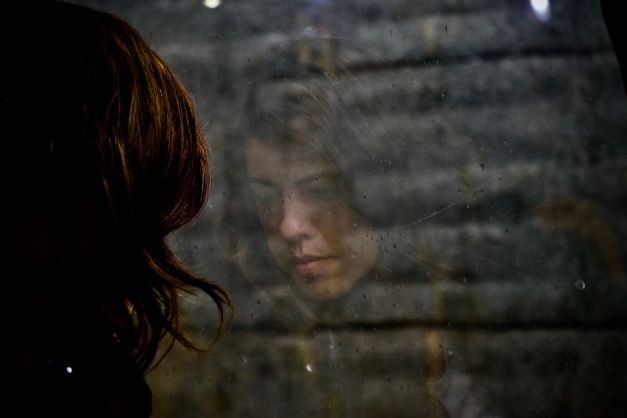Volume 1 Issue 9 September, 2021

Music and Mind
According to Gandharv Veda chikitsa (गंधर्व वेद चिकित्सा) in Ayurveda, divine music used to treat disorders; the physician used to sing Dhrupad, a raag in Indian classical music, to treat various psychological problems.
Rāgas are the melodic framework and are believed to have a natural existence in the Hindu tradition; Artists don’t invent them; they only discover them. According to Hinduism, Rāgas are hidden harmonies of the ultimate creation. During the Bhakti movement of Hinduism, Rāgas became an integral part of a musical pursuit of spirituality as Bhajan and Kirtan.
There Rāgas are composed with strict discipline and practice rigorously to achieve excellence in their performance.
North Indian or Hindustani classical rāgas has a time theory, i.e. we have morning, afternoon, evening, and night rāgas. There is no such specification with south Indian or Carnatic classical and Tamil Naidu classical. We have seasonal Rāgas also such as monsoon Rāgas. These Rāgas are believed to profoundly affect mood if performed or listened to at a specific time of the day; they are perhaps designed as per our circadian rhythm (biological clock).
Rāga “Yaman” provides energy and acts as an antidepressant, practised from 7 to 10 pm; it is usually a student’s first Rāga taught to a student. The famous song is Jab dip Jale… aana jab sham dhale ana… (जब दीप जले आना…, जब शाम ढले आना…) from movie Chitchor (1976)، and Chandan sa badan Chanchal Chitwan (चंदन सा बदन चंचल चितवन धीरे से तेरा ये मुसकना) from movie Saraswatichandra, 1968 are based on rāga Yaman. Mann tadapat (मन तड़पत हरी दर्शन को आज) movie baiju baawara (1952), is based on raag Malkaun, a night Rāga. If you change its Komal “NI” to shudha “NI”, it becomes “chandrakauns” with a different flavour. Rāga “darbari” is post-midnight rag and famous Gazal is hangama hai kyo barapa (हंगामा हे क्यू बरपा थोड़ी सी जो पी ली है) by Ghulam Ali is based on it.
There are seven natural notes (SA RE GA MA PA DH NI) and Komal shwar (कोमल श्वर) (RE GA DH NI) and one sharp (M), a total of twelve natural notes makes us alert, while Komal shwar make us calm. This seven shwar believed to activate our seven chakra or neural plexus located across the spinal cord. “Sa” in the root, M in the chest called Anahata chakra. “P” is in the throat, “DH” in the third eye (the point between the two eyes) and “NI” in the crown or brain.
In my personal experience working with a mental hospital, Thane (Mumbai), I observe that people with psychiatric illness thoroughly cherish my sarod playing; even the most restless patient seems to enjoy music. Its shows that the enjoy high music intelligence and cognitive function may not require.
There are certified music therapists and a great deal of research going to validate the effects of music on the mind, the emerging data shows evidence that functional neuroimaging and electroencephalography show changes afters administering different types of music. In the end I wish to say that sur ke Bina jivan suna (life is incomplete without music).




